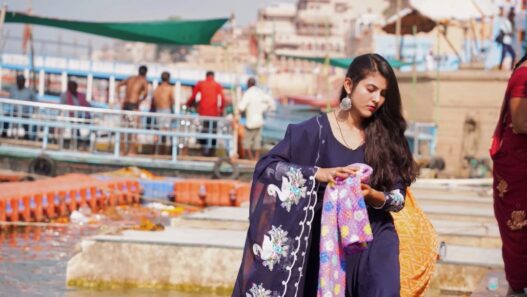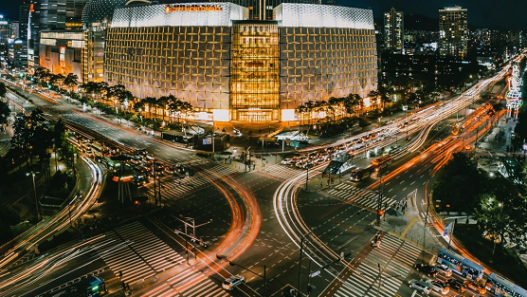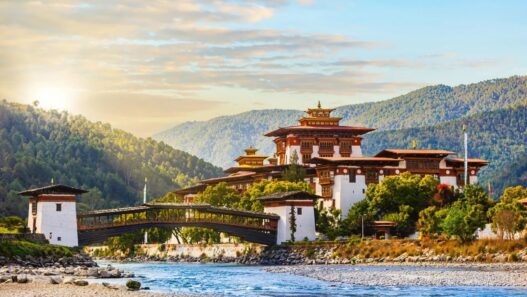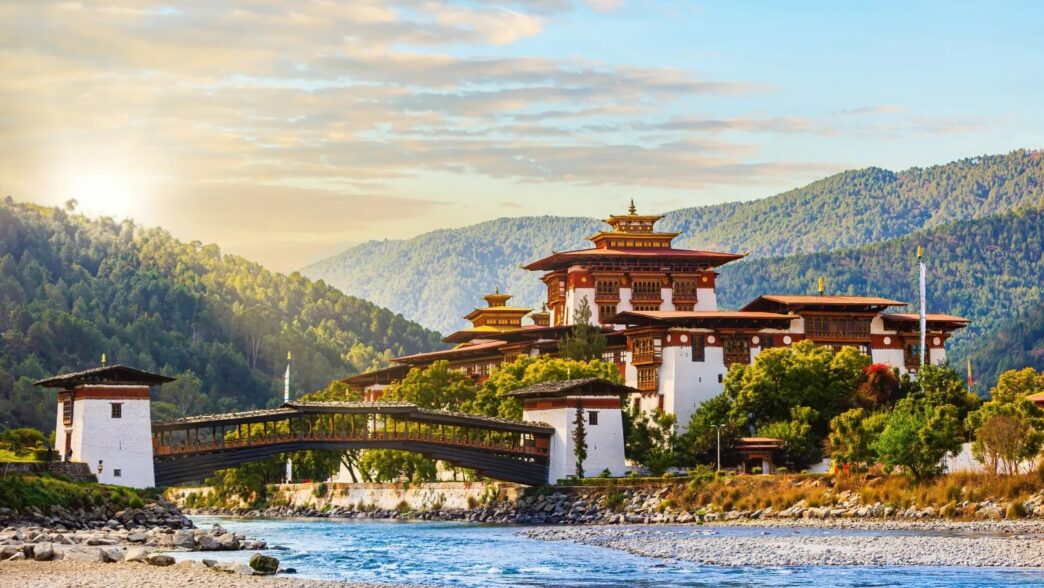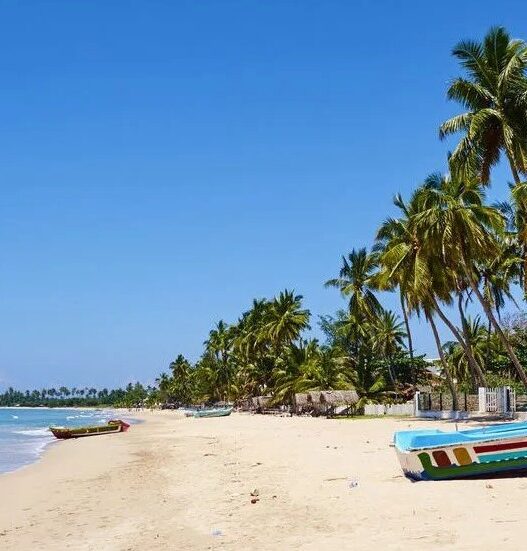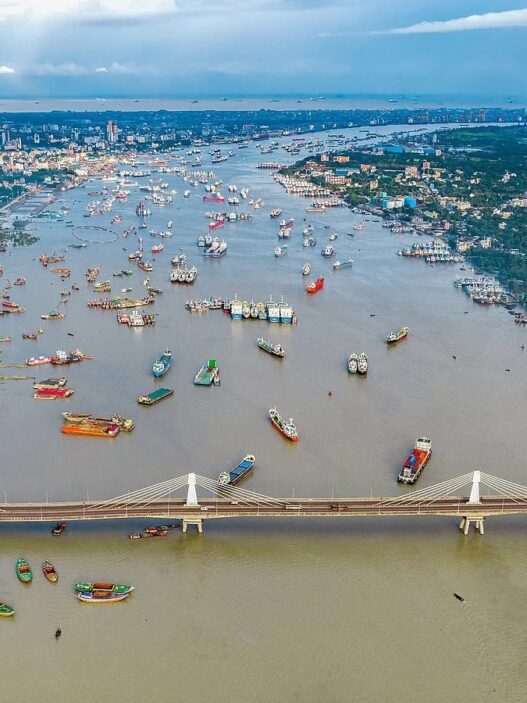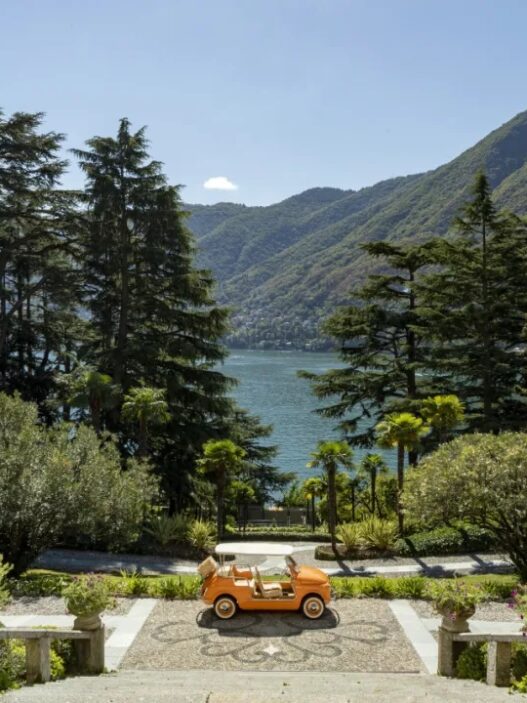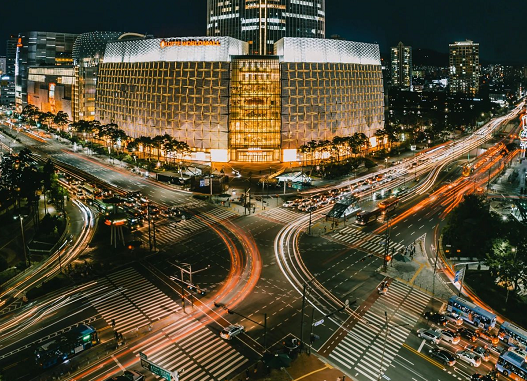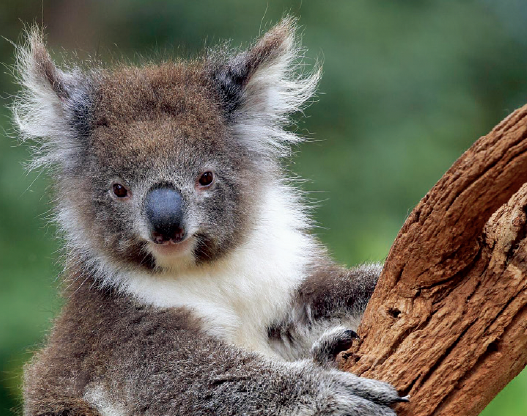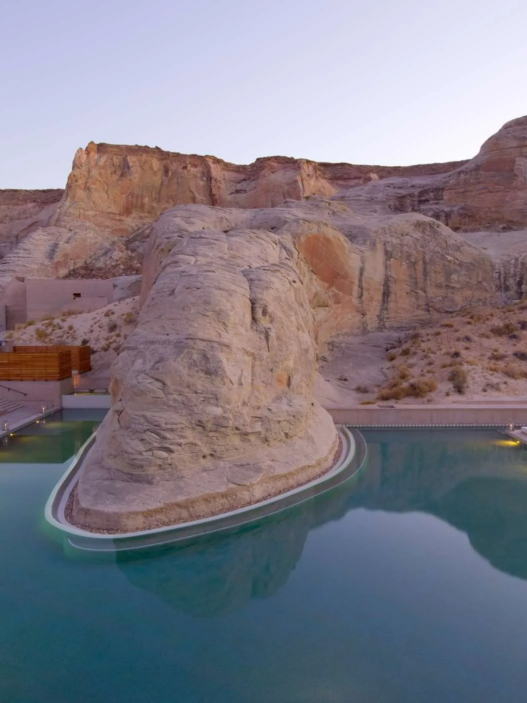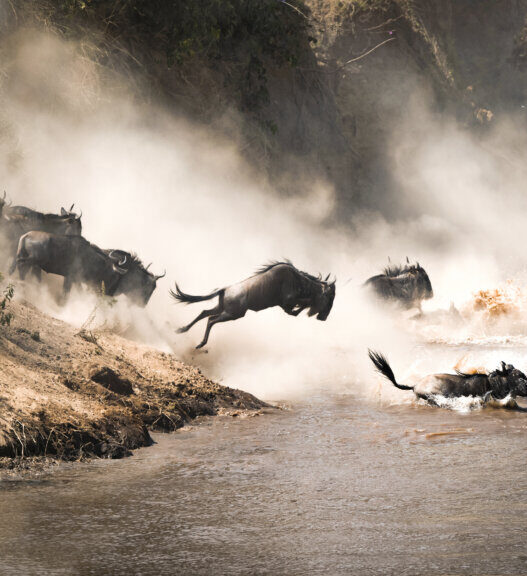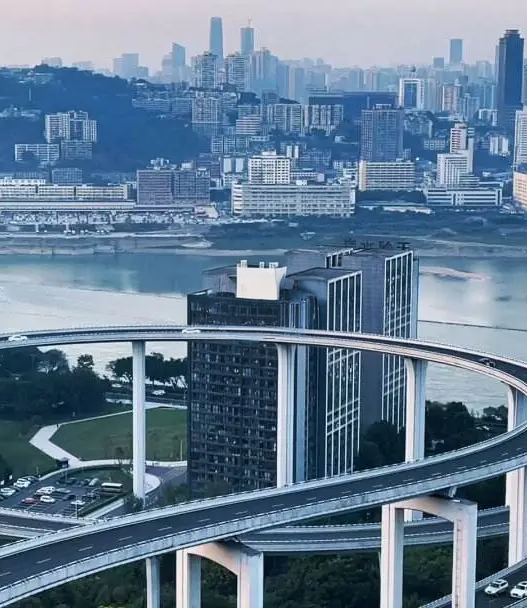Bhutan, nestled in the southern foothills of the Himalayas, is a mystical kingdom that attracts visitors from around the world with its unique natural beauty and rich cultural heritage.
Must-Visit Attractions
Taktsang Monastery (Tiger’s Nest Monastery)
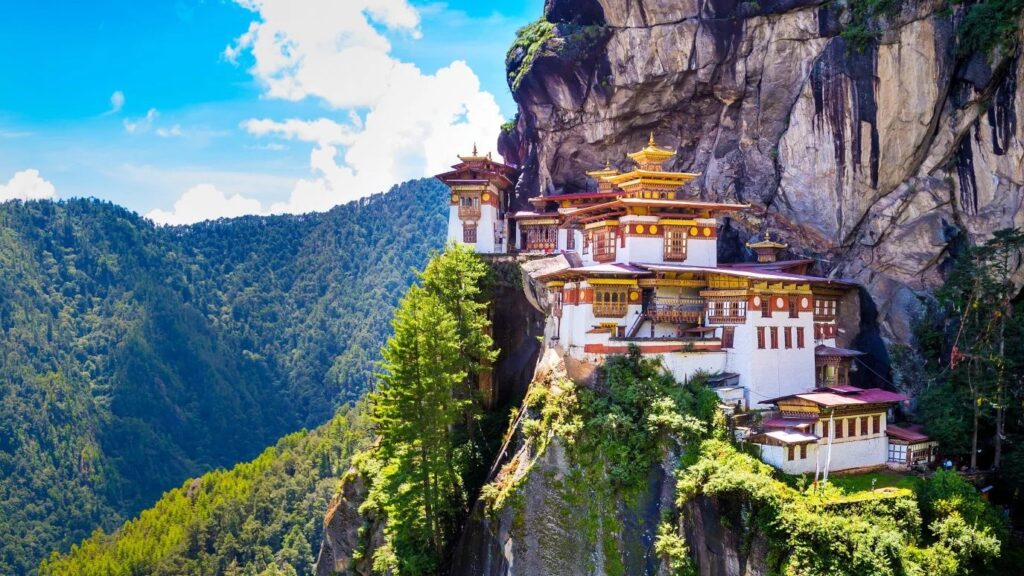
Perched on a cliff over 900 meters high near Paro Dzong, it is one of the world’s top ten iconic monasteries. The breathtaking natural scenery combined with its profound religious atmosphere makes it a must-visit. Though the trek to the monastery is challenging, the scenic journey and the awe-inspiring experience upon arrival are absolutely worth it.
Punakha Dzong
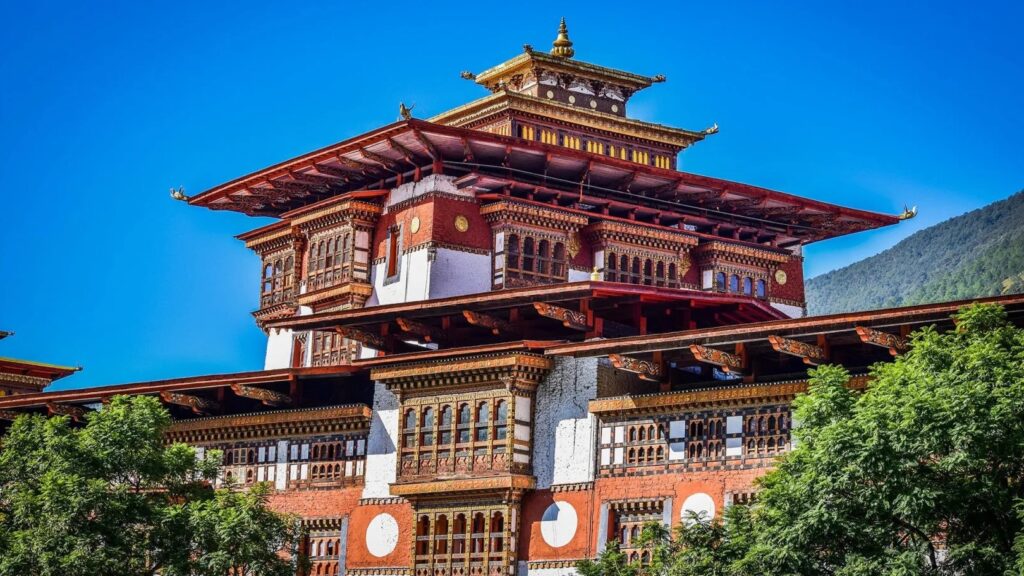
Located at the confluence of two rivers and surrounded by lush jacaranda trees and verdant meadows, Punakha Dzong is one of the most beautiful fortresses in Bhutan. It serves as a testament to Bhutan’s history and culture while offering stunning natural vistas, especially at sunset when the fortress glows against the blooming jacarandas.
Trashi Chhoe Dzong
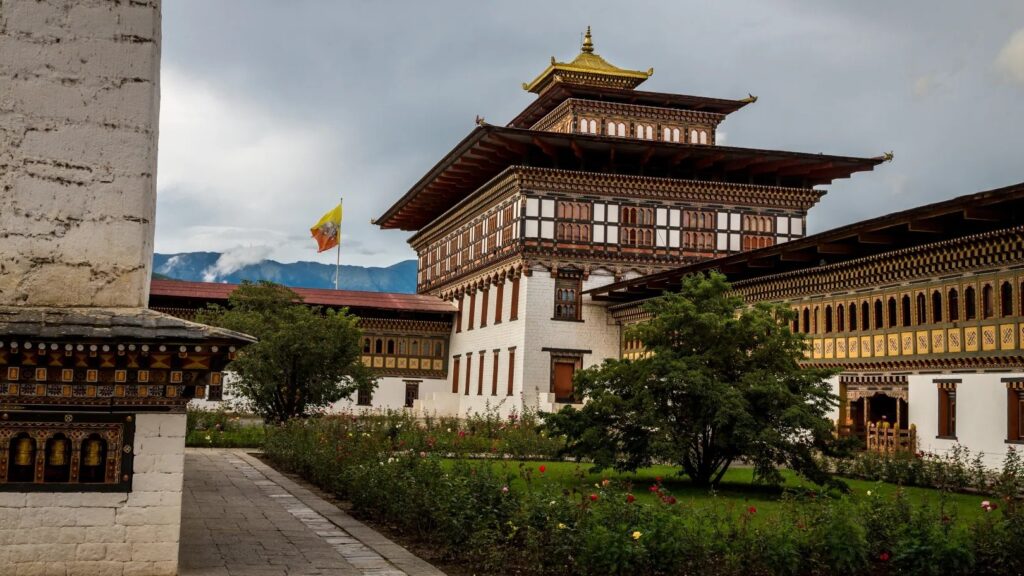
This iconic Buddhist monastery in Bhutan’s capital, Thimphu, is both a religious sanctuary and the administrative center. Its unique architecture, with white walls, gold-topped towers, and traditional designs, houses the King’s throne and offices, symbolizing Bhutanese culture and spirituality.
National Museum of Bhutan
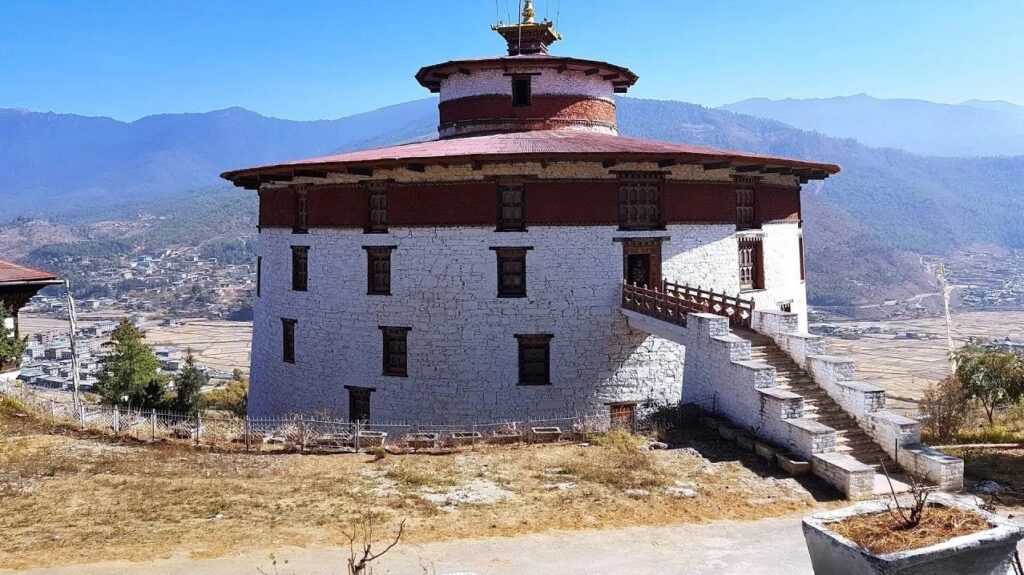
Situated above Paro Dzong, the museum, formerly a watchtower, features a circular structure resembling a conch shell. It houses over 3,000 artifacts, including religious relics, stamps, photographs, and historical records, making it an excellent place to learn about Bhutan’s rich history and culture.
Buddha Dordenma (Great Buddha Dordenma)
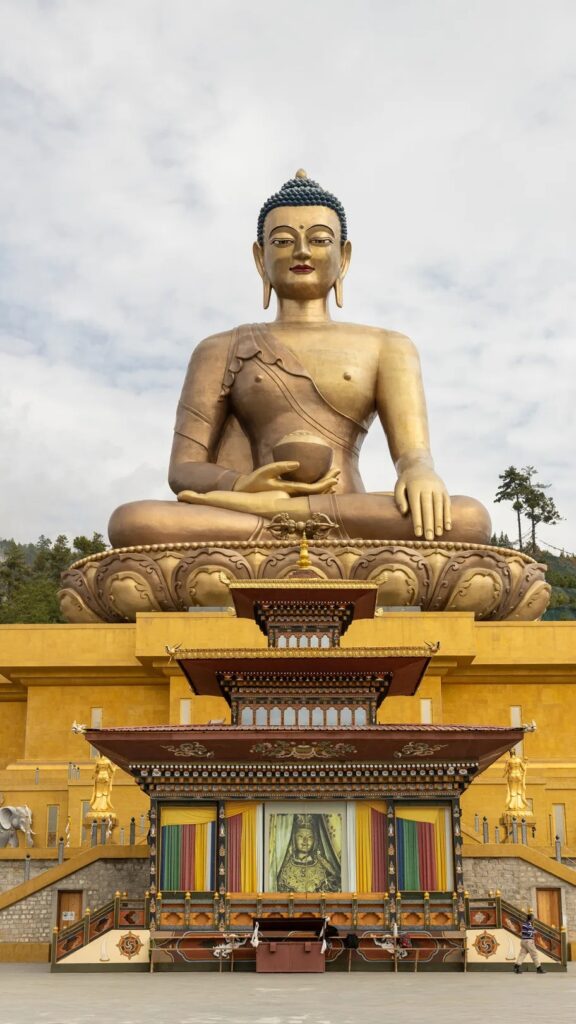
One of the tallest Buddha statues in the world, the Great Buddha Dordenma in Thimphu is a site for pilgrimage and reflection. Standing beneath this majestic statue, visitors experience a sense of peace and compassion.
Paro Airport
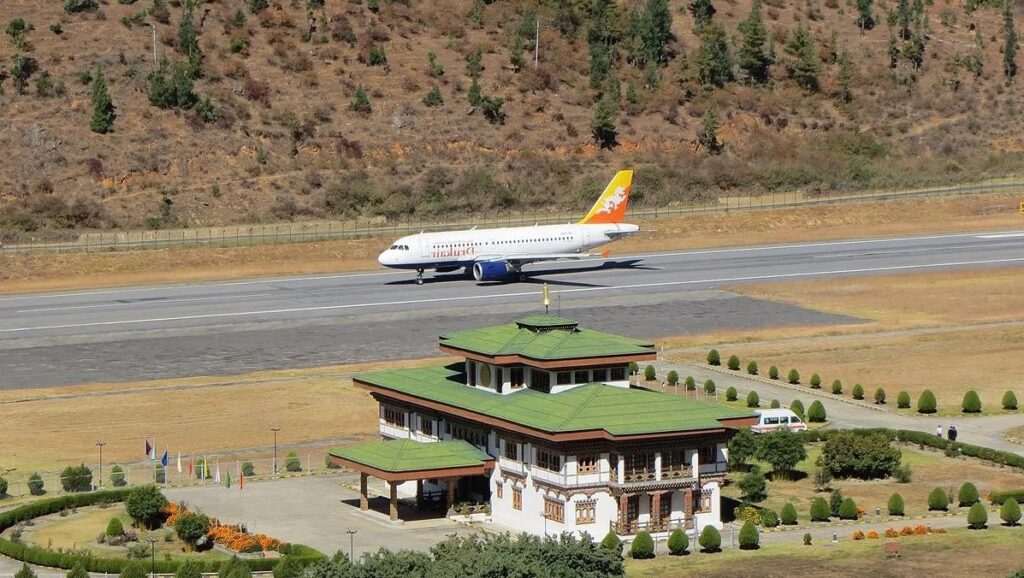
Renowned as one of the world’s most spectacular airports, Paro Airport is perched amid dramatic cliffs and serves as the gateway to Bhutan’s enchanting journey.
Must-Try Cuisine
Red Braised Lamb
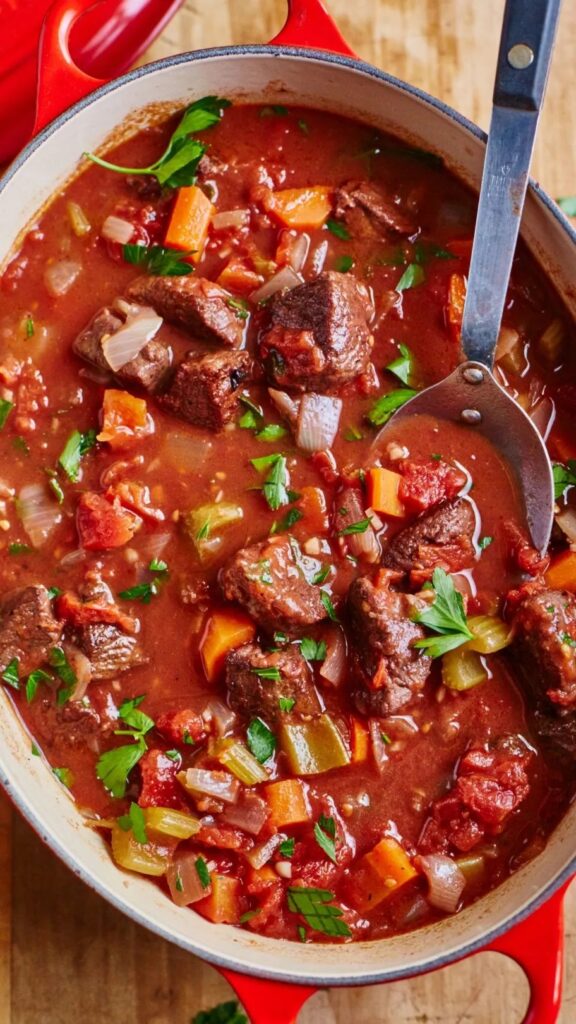
Known for its tender and juicy texture, complemented by a rich blend of spices, this dish is a favorite comfort food, especially during the cold Bhutanese winters.
Ema Datshi (Chili and Cheese)
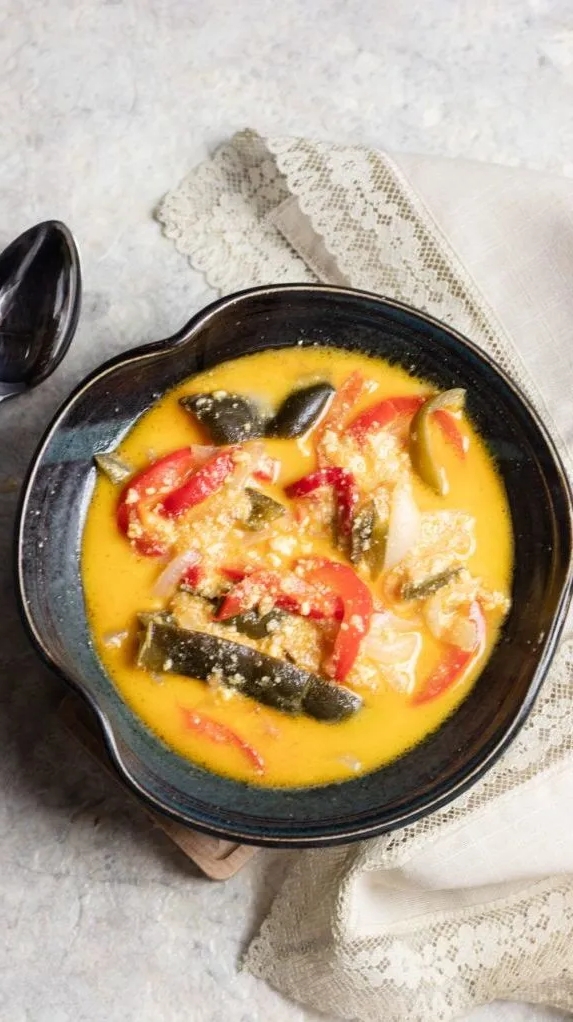
A Bhutanese classic, this dish combines spicy chilies with creamy cheese. It is a staple in Bhutanese cuisine and can be enjoyed on its own or as an accompaniment to other dishes.
Butter Tea (Tibetan Butter Tea)
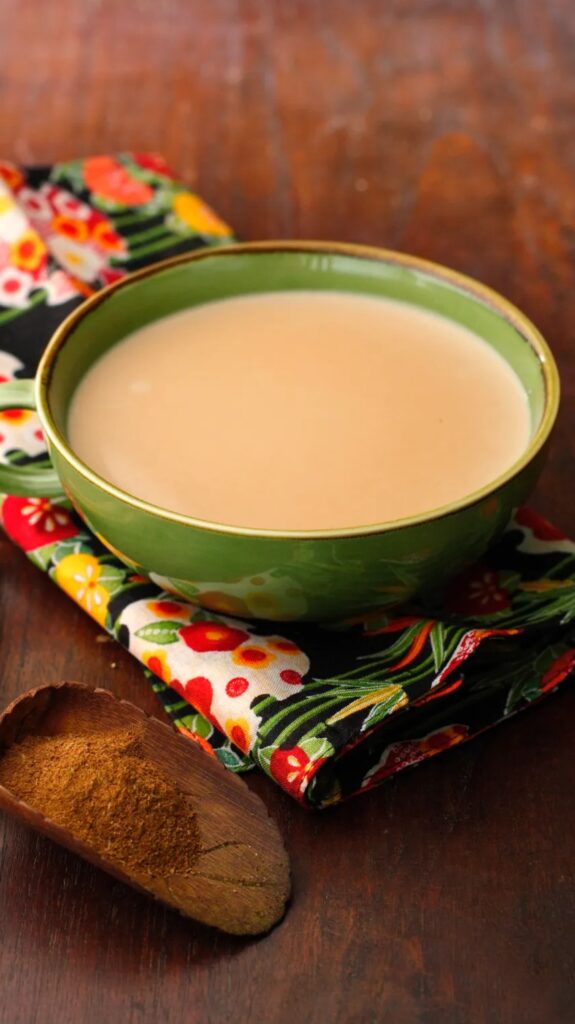
A daily beverage in Bhutan, butter tea is made with tea leaves, butter, salt, and milk. It has a rich, savory flavor and is perfect for warming up and replenishing energy.
Momos
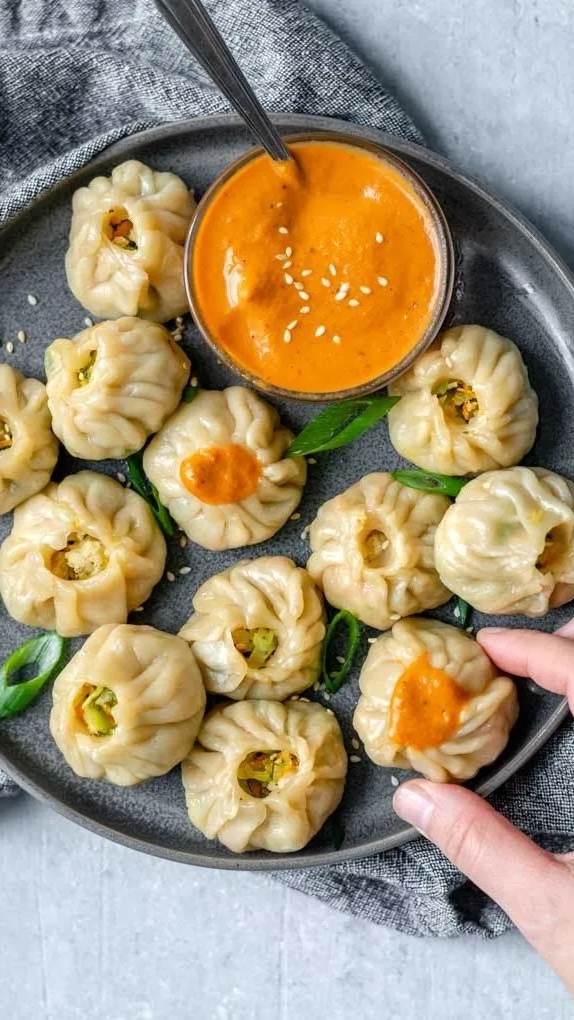
Similar to dumplings, momos are made with thin dough filled with meat, vegetables, or cheese. They are a popular and delicious snack in Bhutan.
Jasha Maroo (Bhutanese Chicken Curry)
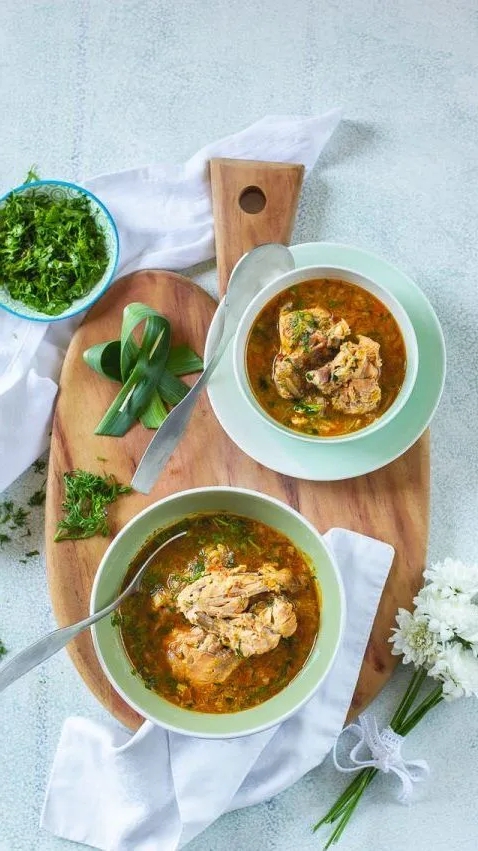
A flavorful dish made with chicken, garlic, and spices, this curry is known for its bold and spicy taste.
Wild Mushroom Soup
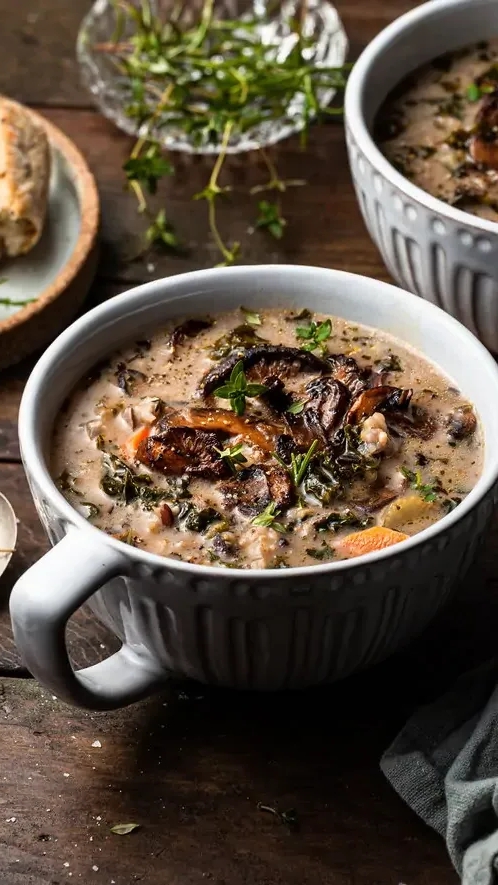
Prepared with wild mushrooms harvested from Bhutan’s forests, this soup is a seasonal delicacy, particularly popular in autumn.
Best Time to Visit
Climate Overview
Bhutan’s topography varies from the high, cold mountains in the north to the warmer, subtropical plains in the south.
Northern Mountain Region: Cold climate with perpetual snow; characterized by alpine conditions and heavy snowfall despite low annual rainfall.
Central Valleys: Moderate climate with distinct seasons, but with significant temperature variations between day and night.
Southern Plains: Subtropical climate with abundant rainfall; this region receives the highest annual precipitation, between 5,000–6,000 mm.
Seasonal Highlights
Bhutan experiences three main seasons: summer (spring), monsoon (rainy season), and winter.
Summer (Spring): The temperature warms up, and nature comes to life, making it an excellent season for outdoor activities and sightseeing.
Monsoon: Rainfall increases significantly, especially in the southern plains. While the monsoon brings lush greenery, it may affect transportation and outdoor activities.
Winter: The temperature drops, especially in the northern mountains, where heavy snow and freezing temperatures prevail.
Travel Tips
Spring and Autumn (March-May, September-November): These are the best times to visit Bhutan, with pleasant weather and clear skies perfect for trekking and exploring cultural sites.
Rainy Season Precautions: If visiting during the monsoon, be prepared for possible travel delays and carry rain gear.
Culural Events: Plan your trip around Bhutan’s vibrant festivals like Paro Tsechu or Thimphu Tsechu for an unforgettable cultural experience.





